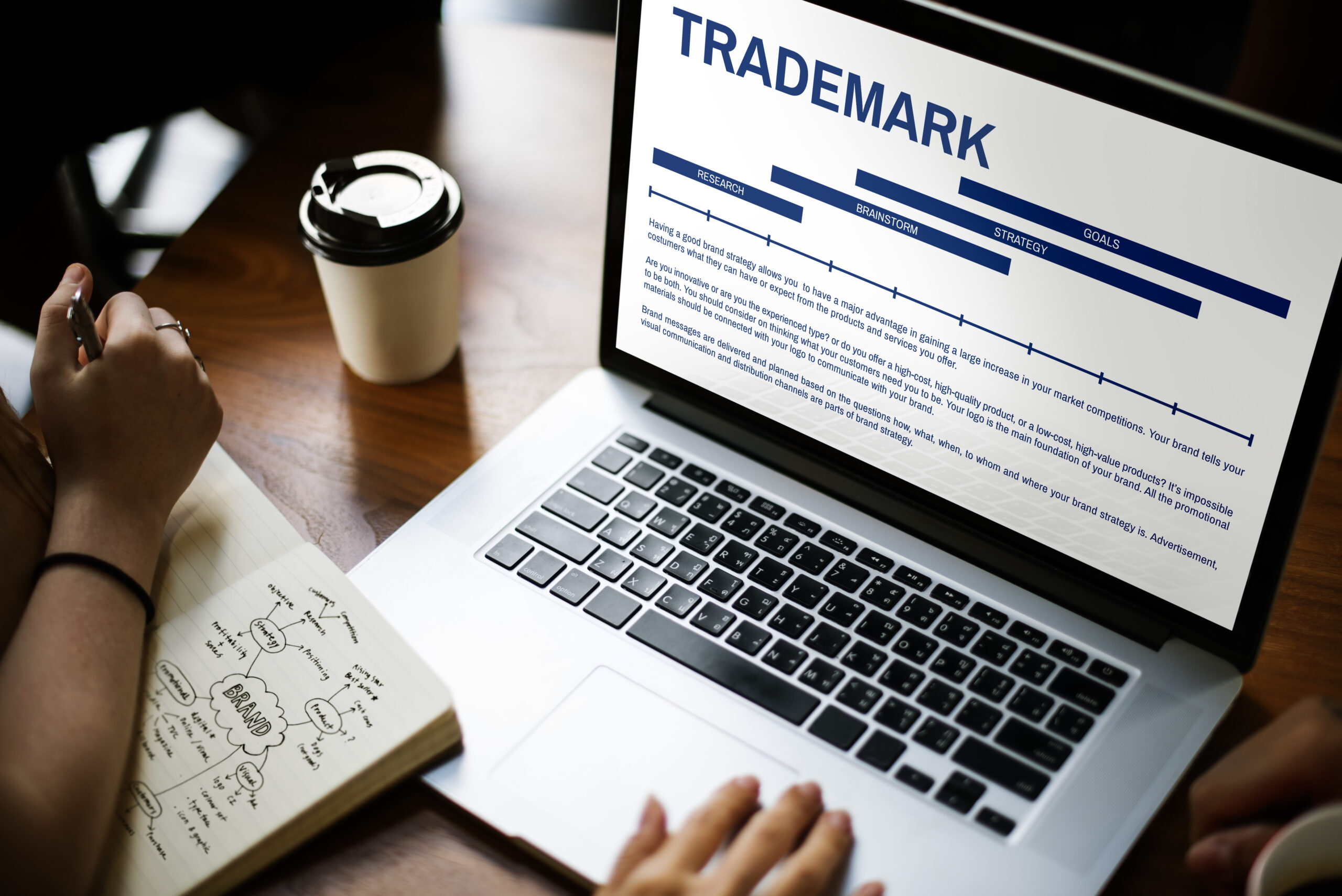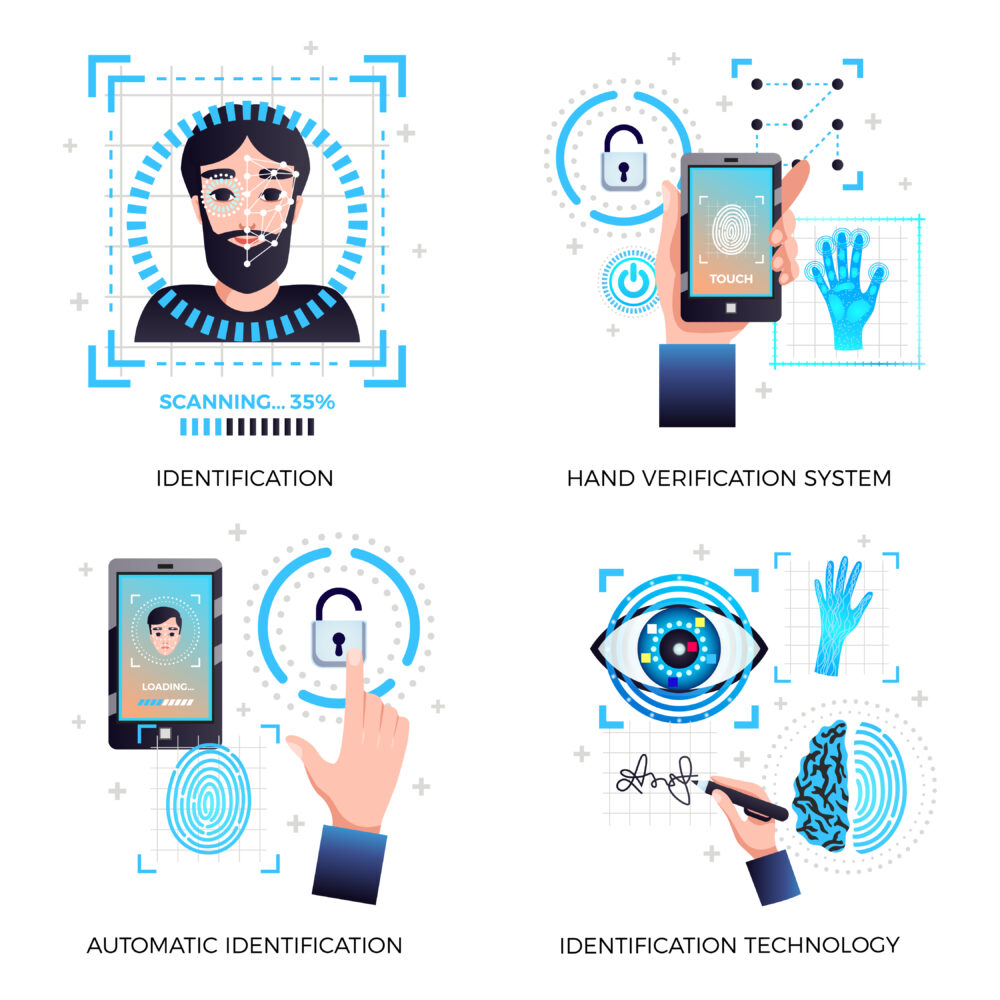1. Understanding the basics of US Trademarks
Trademarks, in general, encompass words, phrases, symbols, icons that producers use to identify their goods. However, shapes, sounds, scents, and colors can also be registered as trademarks in the United States. In recent years, trademark law in the United States has expanded to include the protection of overall commercial impressions and anti-dilution protection issues. Most words, names, signs, or devices capable of distinguishing the source of goods may be used as trademarks, provided that they meet certain that certain requirements on functional theory of trademarks listed in 15 U.S. Code § 1052 (Lanham Act).

See also: Trademark registration in the US
2. Common reasons for trademark registration refusal in the United States
There are 04 reasons for trademark registration refusal in the United States:
2.1. You incorrectly identified your goods or services
One of the common mistakes leading to trademark registration refusal in the United States is misidentifying goods and services in your application. When registering a trademark, you need to define clearly and specifically the classes of products or services you wish to be protected under your trademark. Under U.S. law, goods and services must be classified according to the system provided by the United States Patent and Trademark Office (USPTO). This system uses accurate classes to differentiate and clearly specify each type of goods and services. Each class has a respective code and a detailed description of its scope.
Incorrect identification of your goods or services may result in serious consequences, such as omitting important products or services, making it impossible to protect your trademark in areas where your business operates. This may open the door for others to use your trademark in the areas you have omitted. Furthermore, incorrect identification of goods or services class can lead to a trademark application refusal in the United States or a request for amendment, thus prolonging the processing of your application.
2.2. Your trademark conflicts with an already registered trademark
The United States Patent and Trademark Office (USPTO) conducts an examination of every trademark application to ensure compliance with federal laws and the Trademark Manual of Examining Procedure. One of the most common reasons for trademark registration refusal in the United States is the “likelihood of confusion” between the mark in the application and a previously registered mark or a pending application with an earlier filing date.
Likelihood of confusion exists between trademarks when the marks are so similar and the goods and/or services for which they are used are so related that consumers would mistakenly believe they come from the same source. Trademarks do not have to be identical to be confusingly similar. They can be visually similar or have a similar meaning. They also do not have to be used with identical goods or services. The goods or services just have to be related.
When marks sound alike when spoken, are visually similar, and/or create the same general commercial impression in the consuming public’s mind, the marks may be considered confusingly similar. Similarity in sound, appearance, and/or meaning may be sufficient to support a finding of likelihood of confusion, depending on the relatedness of the goods and/or services. The following are examples of marks that would be considered similar:

See also: Overview of overseas trademark registration
2.3. Your trademark is generic or a commonly used phrase
If your entire trademark is generic, that means it’s the common, everyday name for your goods or services. For example, Mobile App Store, Computer, or 100% Cotton Tee cannot be registered as trademarks for mobile app stores, computers, or 100% cotton t-shirts because every business and entrepreneur has the right to use these everyday terms to refer to their bone fide products.
Furthermore, your trademark is likely to be refused registration in the United States if it is a phrase or slogan used in everyday speech to express an ordinary concept. A commonly used phrase does not indicate source, therefore cannot be registered as a trademark.
For example, the following phrases do not indicate to a consumer the source of goods or services, so they are not trademarks:
- Drive safely
- Once an entrepreneur, always an entrepreneur
- Vietnam Love
2.4. Your trademark is descriptive
If your trademark merely describes some aspect of your goods or services, the USPTO may refuse to register your trademark in the United States.
For example:
- “Cold” for ice cream
- “Fresh” for vegetables
- “Safe” for protective clothing
These trademarks are merely descriptive of the products they are applied for. These types of trademarks cannot be registered without evidence of acquired distinctiveness.
If your trademark includes the name, portrait, or signature of a living individual and you do not have their written consent to use and register it, registration of your trademark will be refused. You must provide written consent by that individual in your application.
See also: International trademark registration: Forms, documentation, procedures and notes
Conclusion
In this article, we have explored some common reasons for trademark registration refusal in the United States. From misidentification of the class of goods and services to the likelihood of confusion with previously registered trademarks, these challenges demand careful consideration and legal knowledge to avoid. Understanding the requirements and criteria of U.S. trademark law, along with referencing specific regulations and examination procedures, is crucial to establish a solid foundation for achieving trademark protection in the United States.
Building and protecting a trademark is a complex process. By avoiding common mistakes, businesses can maximize the value and protect their trademark rights in an era of globalization and fierce competition.
Disclaimers:
This article is for general information purposes only and is not intended to provide any legal advice for any particular case. The legal provisions referenced in the content are in effect at the time of publication but may have expired at the time you read the content. We therefore advise that you always consult a professional consultant before applying any content.
For issues related to the content or intellectual property rights of the article, please email cs@apolatlegal.vn.
Apolat Legal is a law firm in Vietnam with experience and capacity to provide consulting services related to Intellectual Property Rights. Please refer to our services Intellectual Property Rights and contact our team of lawyers in Vietnam via email info@apolatlegal.com.



































